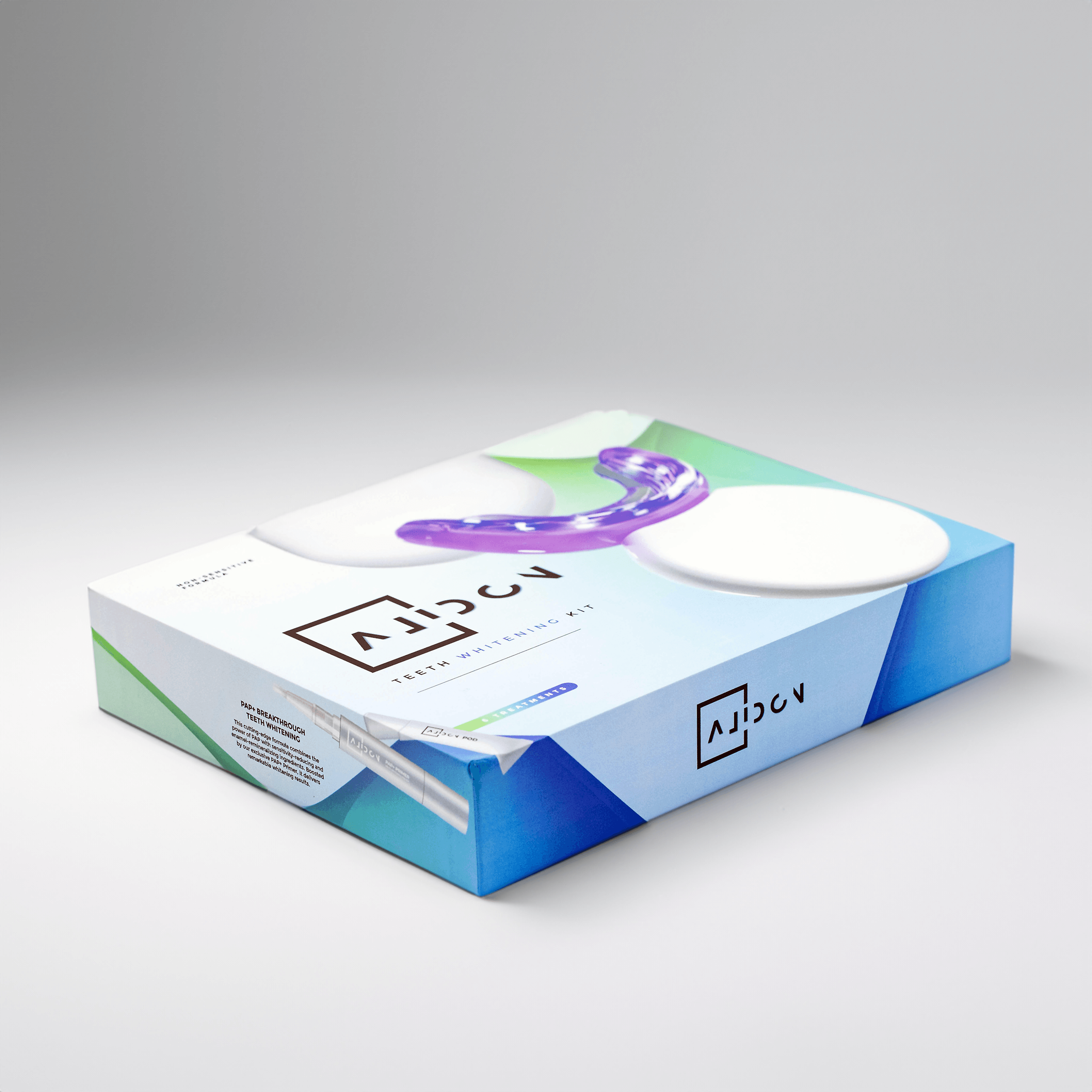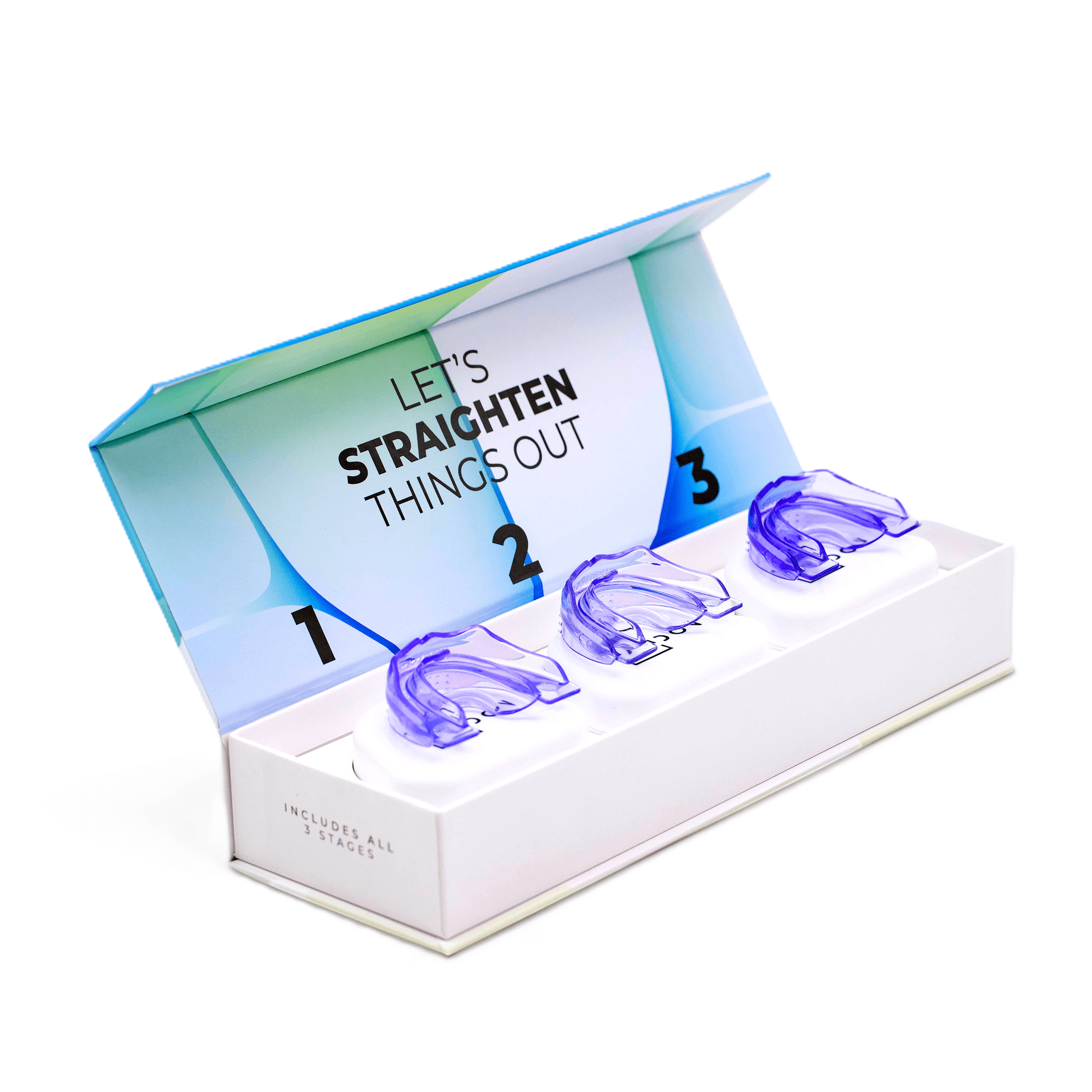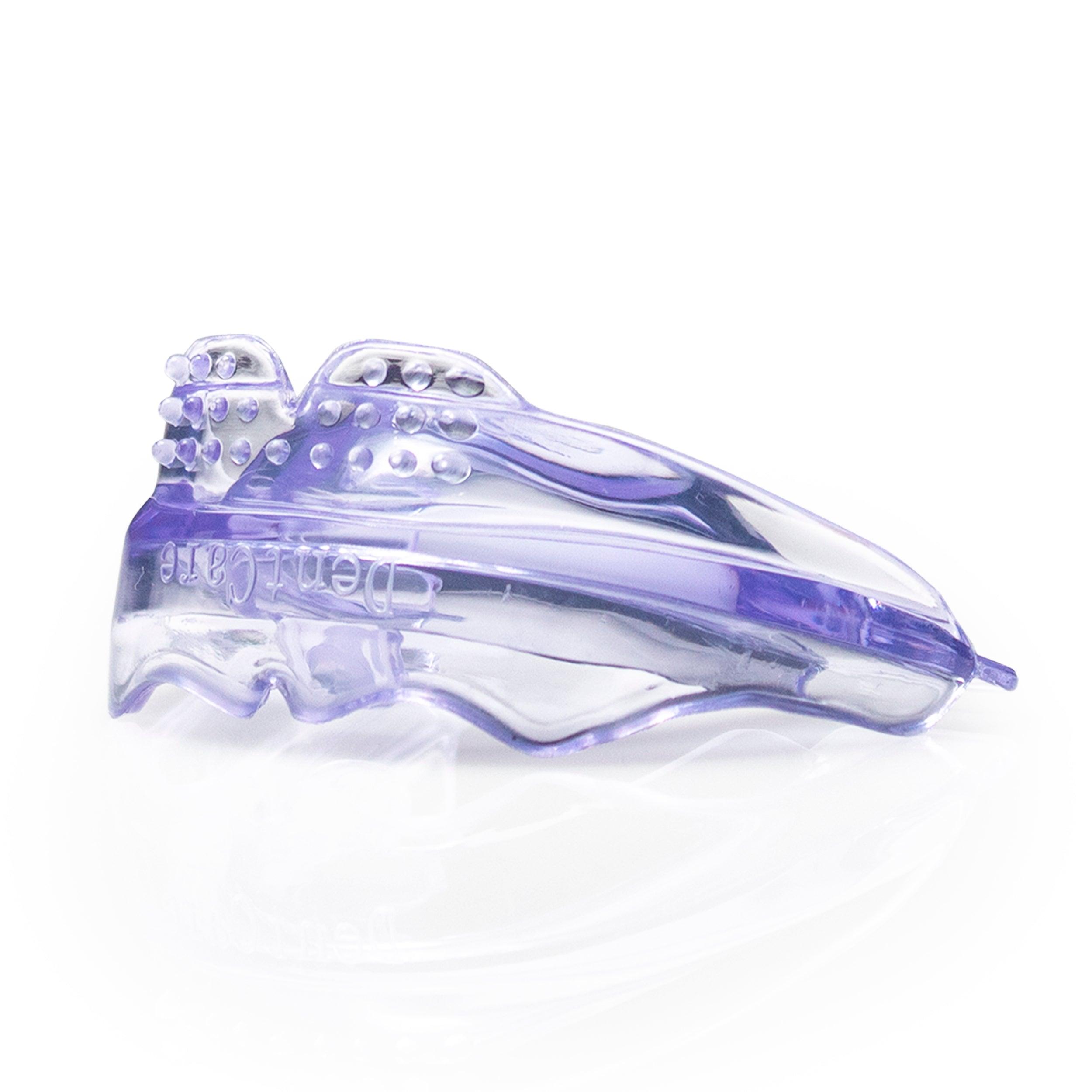The Best Way to Care for Your Teeth Between Fillings
Let's face it, nobody enjoys getting a filling at the dentist. It's a necessary evil to keep our pearly whites healthy. However, the real work begins after leaving the dentist's chair. We're talking about the daily routine of caring for your teeth, especially after your filling has been placed.
It's important to remember that a filling isn't a magic cure for all your dental woes. It's a patch, a temporary fix, and it needs your help to stay in place and keep your teeth healthy.
So, how do you care for your teeth between fillings? Let's dive in!
Brush and Floss Like a Pro
You've heard it a million times, but it's true! Brushing and flossing are the cornerstones of good oral hygiene, and they're especially crucial after a filling.
Here's why:
- Brushing: Removes food particles and plaque build-up around the filling, preventing bacteria from growing and causing further decay.
- Flossing: Gets into those hard-to-reach places between your teeth, where your toothbrush can't reach, and removes food and plaque that can damage your gums and contribute to tooth decay.
Here are some tips for brushing and flossing after a filling:
- Use a soft-bristled toothbrush: This will help to prevent irritation and damage to the gums around the filling.
- Use a fluoride toothpaste: Fluoride helps to strengthen your enamel and protect against cavities.
- Floss at least once a day: Make sure to floss around the filling, gently moving the floss up and down to remove any debris.
- Use a gentle touch: Be careful not to put too much pressure on the filling, as this could damage it.
Here's a table that summarizes the benefits of brushing and flossing:
| Benefit | Description |
|---|---|
| Prevents plaque build-up | Removes food particles and bacteria that contribute to plaque formation. |
| Reduces risk of cavities | Helps to remove sugar and other food particles that feed bacteria that cause cavities. |
| Protects gums | Removes plaque and bacteria that can irritate and damage gums. |
| Maintains a fresh breath | Helps to remove odor-causing bacteria. |
Watch Out for Those Sugar Cravings!
We all love a sweet treat, but sugar is the enemy of your teeth, especially after a filling.
- Why is sugar so bad for your teeth? Sugar feeds the bacteria in your mouth, causing them to produce acids that erode your enamel, making your teeth more susceptible to cavities.
Here's how to reduce your sugar intake:
- Limit sugary drinks: Soda, juice, and sports drinks are packed with sugar and can be harmful to your teeth.
- Choose healthier snacks: Instead of candy, opt for fruits, vegetables, or nuts.
- Read food labels: Be aware of the sugar content in processed foods.
- Drink plenty of water: Water helps to rinse away sugar and other food particles from your mouth.
Don't Forget Your Mouthguard!
If you're a teeth grinder (aka, you have bruxism), a mouthguard is your best friend.
- What is bruxism? Bruxism is a condition where you clench or grind your teeth, usually during sleep.
- Why is bruxism bad for your teeth? It can wear down your teeth, cause tooth pain, and even lead to TMJ disorders.
Here's how a mouthguard can help:
- It creates a barrier between your upper and lower teeth, preventing them from grinding against each other.
- It absorbs the force of your clenching and grinding, protecting your teeth from damage.
If you're concerned about bruxism, talk to your dentist. They can recommend a mouthguard that's right for you.
Get That Smile Sparkling with a Teeth Whitening Kit
A bright, sparkling smile is a confidence booster. But did you know that teeth whitening can also help to improve the appearance of your fillings?
- Why does teeth whitening make fillings stand out? Over time, teeth naturally darken, but fillings don't change color. This can make fillings appear more noticeable.
Here's how to whiten your teeth safely and effectively:
- Choose a reputable teeth whitening kit: Look for a kit that is approved by a dentist and contains a low concentration of peroxide.
- Follow the instructions carefully: Overusing a whitening kit can damage your enamel and make your teeth more sensitive.
- Limit your whitening sessions: Don't whiten your teeth too often.
Alidon offers a range of teeth whitening kits that are safe and effective. Check out our Teeth Whitening Kit and get that dazzling smile you've always dreamed of!
Keep Your Smile Healthy with Alidon
At Alidon, we understand the importance of good oral hygiene. That's why we've developed a range of products that can help you keep your teeth healthy and strong, even after you've had a filling.
- Our Smile Aligner Kit is a great way to straighten your teeth at home. It's discreet, affordable, and easy to use.
- Our Teeth Transformation Kit is a comprehensive solution for improving the appearance of your smile. It includes everything you need to whiten, straighten, and protect your teeth.
All of our products are vetted, tested, approved, and trusted by our customers. They're made with high-quality materials and are designed to provide you with the best possible results.
FAQ
Q: How long does a filling last?
A: Fillings can last for many years, but their lifespan depends on several factors, including the type of filling, your oral hygiene habits, and how much you grind your teeth.
Q: What should I do if my filling falls out?
A: If your filling falls out, it's important to see your dentist as soon as possible.
Q: How often should I get my teeth cleaned?
A: It's recommended that you get your teeth cleaned every six months, especially if you have fillings.
Q: Can I use mouthwash after a filling?
A: Yes, you can use mouthwash after a filling, but make sure it's alcohol-free, as alcohol can irritate the gums and the filling.







